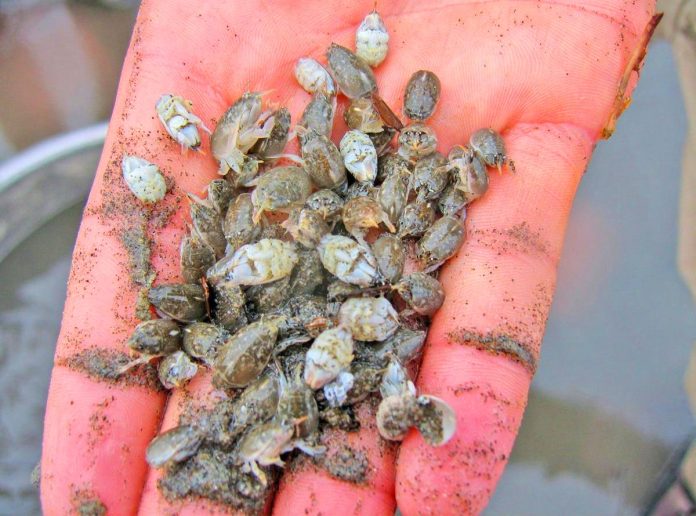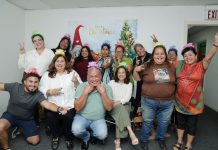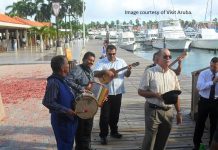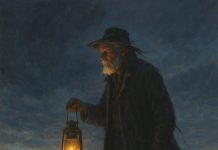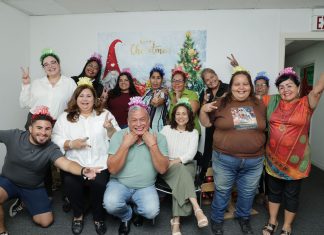Booking a magical glimpse inside Etnia Nativa is easy
Aruba is a highly sought-after tourist destination. However, due to its small size, it cannot withstand excessive commercial development. This becomes evident to those who have lived here for a long time and observe the changes closely.
We are witnessing a lack of sustainability as our island’s natural environment increasingly falls victim to exploitation. Aruba’s ecosystem is fragile—just a small patch of Earth, yet it holds thousands of years of human history and billions of years of geological heritage.
Our traditions teach us to value the little things in life, a mindset shaped by the rhythms of island living. This perspective fuels our deepest desire: to protect and preserve what we have, and in doing so, to educate our visitors about Aruba’s cultural and natural heritage. 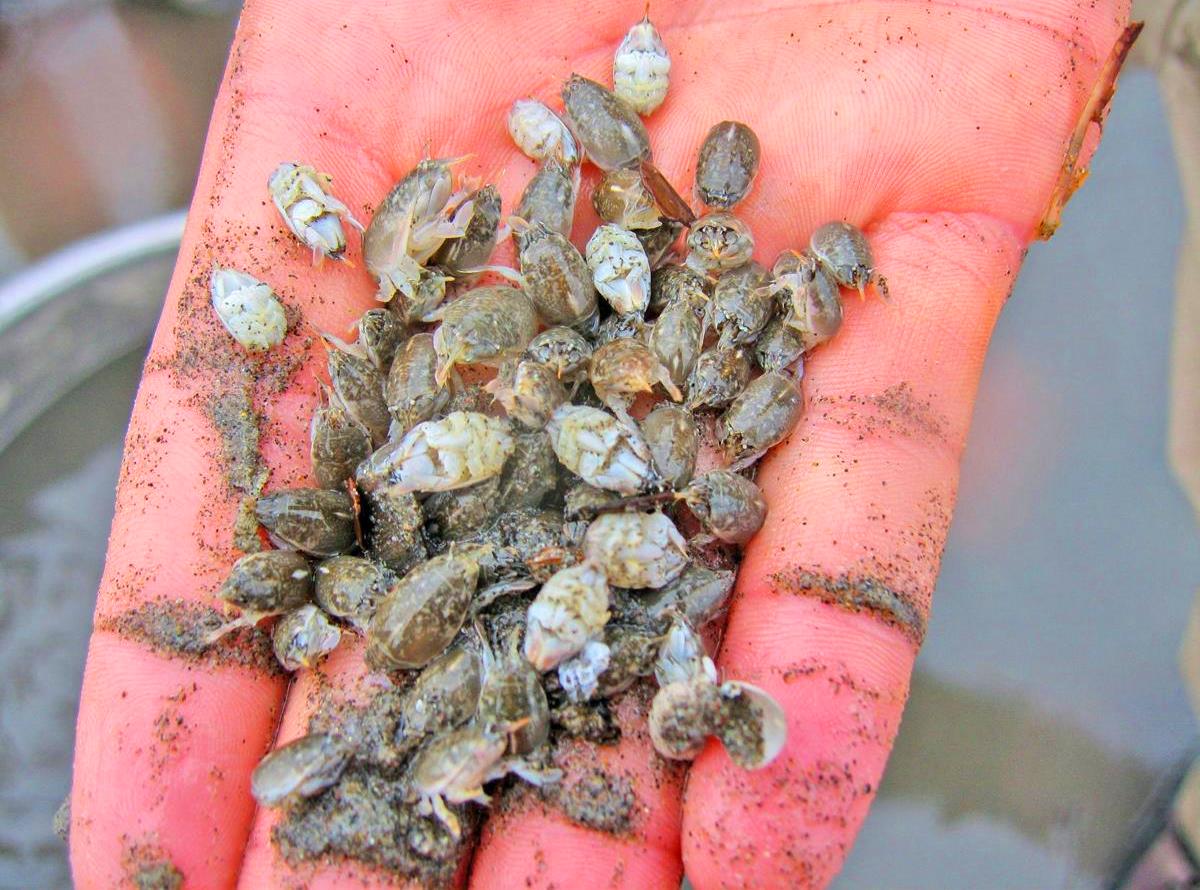
Once, the waters around Aruba exploded with colorful marine life—octopuses, seahorses, anemones, urchin-covered coral reefs, sea turtles, and more—all thriving just beneath the surface, easily visible with a simple snorkel. Seashells, sand dollars, and hundreds of starfish were a common sight. The vivid red of the Caribbean starfish stood out beautifully against the soft white sand and the deep blue sea.
We enjoyed a vibrant, everyday biodiversity that in recent years has been severely impacted by carelessness, overexploitation, and ignorance.
For a long time, global attention on biodiversity focused primarily on rainforests—drawn by their incredible species richness, medicinal potential, and rapid degradation. Fortunately, in recent years, awareness of marine biodiversity has been steadily growing.
On our island, human activity and unregulated exploitation have drastically altered both terrestrial and marine environments, leading to the decline of several native species. One such example is a small crustacean from the phylum Arthropoda, locally known as cacalaca di lama, meaning “sea cockroach.” Once so common that we played with them as children, they are now nearly impossible to find—even by chance.
Most children here grow up with a natural curiosity about the environment. During our own childhood, daily adventures often included walks along beaches like Andicuri, Malmok, or Palm Beach, where we would dig in the wet sand at the edge of the waves, hunting for treasures—catching little crustaceans, crabs, or worms.
These creatures burrow into the sand and use their feathery antennae to filter food from the water. The cacalaca di lama belongs to the genus Emerita, a group of decapod crustaceans commonly known as mole crabs, sand fleas, or sand crabs.
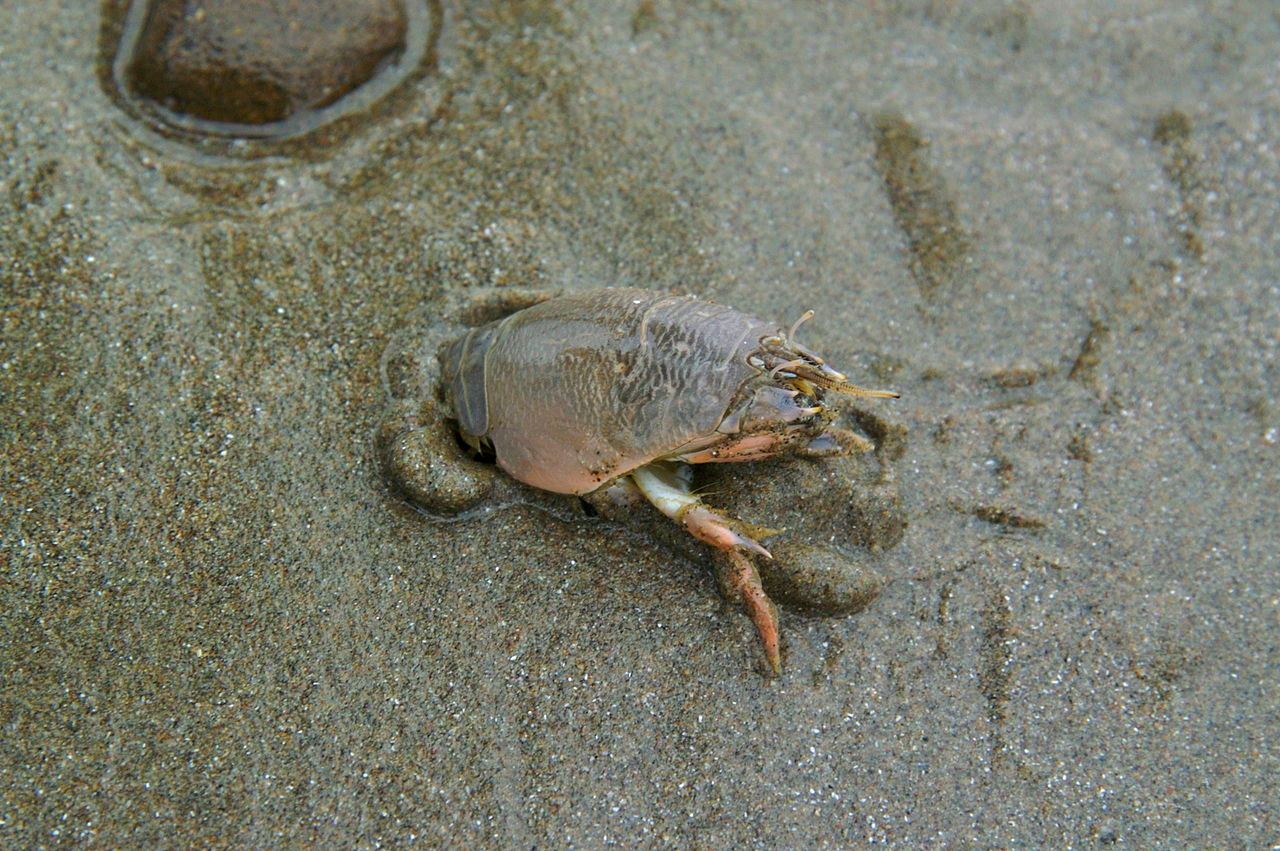
These small crustaceans have a barrel-shaped body protected by a tough exoskeleton. By tucking their limbs close to their bodies, they maintain balance amid shifting waves. Measuring about 2.5 cm in length, they are resilient and widely distributed across tropical regions. Males are typically smaller than females.
They live in colonies and are highly skilled at burrowing into the sand where the waves break. Using their shells to press into the sand and anchor their limbs, they can bury themselves quickly. However, digging is only possible when the sand is loosened by wave action. For this reason, they must orient themselves quickly and begin burrowing before the wave recedes—an effective strategy for avoiding predators such as fish and seabirds. Due to the constantly shifting conditions, entire colonies move with the tide, staying within the surf zone.
The cacalaca di lama reaches reproductive maturity within its first year and typically has a lifespan of two to three years. Females release bright orange eggs, which hatch into larvae that drift as plankton for several months. These larvae can travel great distances on ocean currents, contributing to the species’ broad distribution.
It leaves us wondering—what happened to our cacalaca di lama, and to so many other native creatures?
If you enjoyed our stories and want to discover more about Aruba’s authentic identity, don’t wait until the last days of your stay—book a visit to Etnia Nativa, the only “living museum” of its kind in the Caribbean.
Immerse yourself in this trend-setting cultural experience. Since 1994, we’ve been dedicated to preserving and sharing Aruba’s heritage—as co-founders of Arikok National Park, the Archaeological Museum of Aruba, and board members of several artisan and cultural foundations.
Etnia Nativa offers more than just history; it shares deep-rooted values, timeless knowledge, and a connection to the spiritual soul of the island.Whats App+297 592 2702 etnianativa03@gmail.com


